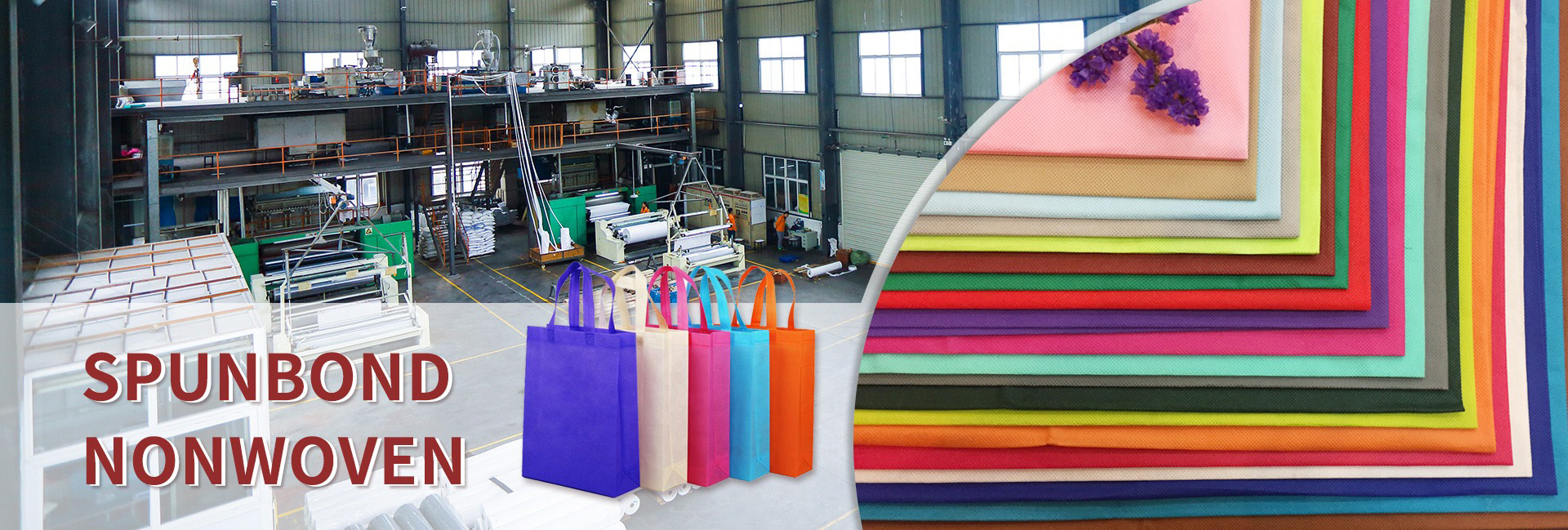Non woven fabric is a type of textile formed by the combination of fibers through chemical, thermal, or mechanical methods, while traditional fabrics are formed by weaving, weaving, and other processes using thread or yarn. Non woven fabrics have the following advantages and disadvantages compared to traditional fabrics.
Advantages
1. Simple production process: Non woven fabrics do not require weaving and spinning processes, and can be made by combining fibers through chemical, thermal, or mechanical methods. Compared to the production process of traditional fabrics, the production process of non-woven fabrics is simpler, which can greatly save production time and resources.
2. Low cost: Due to the simple production process, the production cost of non-woven fabrics is relatively low. Compared to traditional fabrics, non-woven fabrics can reduce labor and resource consumption in the production process, thereby lowering production costs, making the price of non-woven fabrics more affordable and more easily accepted by consumers.
3. Adjustable thickness: The thickness of non-woven fabric can be adjusted according to needs, and can be made into thick and heavy materials, as well as light and thin materials. Compared to traditional fabrics, non-woven fabrics are more flexible and can be made according to different uses and needs, making them more suitable for applications in different fields.
4. Good breathability and moisture absorption: Due to the lack of interwoven structures between the fibers of non-woven fabrics, they are more loose and have good breathability and moisture absorption. Compared to traditional fabrics, non-woven fabrics can provide better breathability, maintain air circulation, and make people feel more comfortable, especially in high temperature and humid environments.
5. Environmental friendliness: Non woven fabrics cause less environmental pollution during the production process. Compared to the dyeing and printing process of traditional fabrics, non-woven fabrics do not require dyeing and printing, reducing pollution to water sources and soil. At the same time, non-woven fabrics can be recycled and reused to reduce waste generation, which is more in line with environmental protection requirements.
Disadvantages
1. Low strength: The fibers of non-woven fabrics are only combined through chemical, thermal, or mechanical methods, resulting in relatively low strength. Compared to traditional fabrics, non-woven fabrics are prone to damage during use, especially in situations where they are subjected to high tensile forces. The service life of non-woven fabrics is relatively short.
2. Poor waterproofing: The fibers of non-woven fabric are loosely bonded, resulting in poor waterproofing. Compared to traditional fabrics, non-woven fabrics are more prone to moisture penetration and cannot effectively prevent liquid penetration, limiting their application in certain specific fields.
3. Difficult to clean: Due to the loose bonding between the fibers of non-woven fabrics, they are not as easy to clean as traditional fabrics. Compared to traditional fabrics, non-woven fabrics.Fiber breakage may occur during cleaning, requiring special cleaning methods and tools, which increases the difficulty of use and maintenance.
Conclusion
In summary, non-woven fabrics have advantages over traditional fabrics such as simple production processes, lower costs, adjustable thickness, good breathability, and water absorption. However, their disadvantages such as low strength, poor waterproofing, and difficulty in cleaning also need to be considered. For different application scenarios and requirements, choices and trade-offs can be made based on strengths and weaknesses.
Dongguan Liansheng Nonwoven Fabric Co., Ltd., a manufacturer of non-woven fabrics and non-woven fabrics, is worthy of your trust!
Post time: May-01-2024

